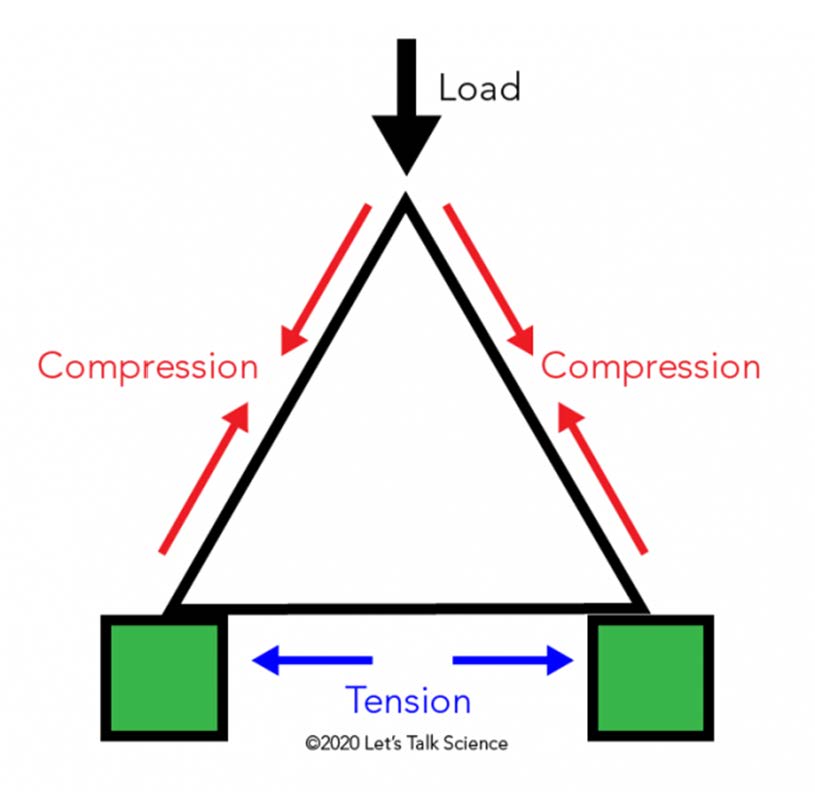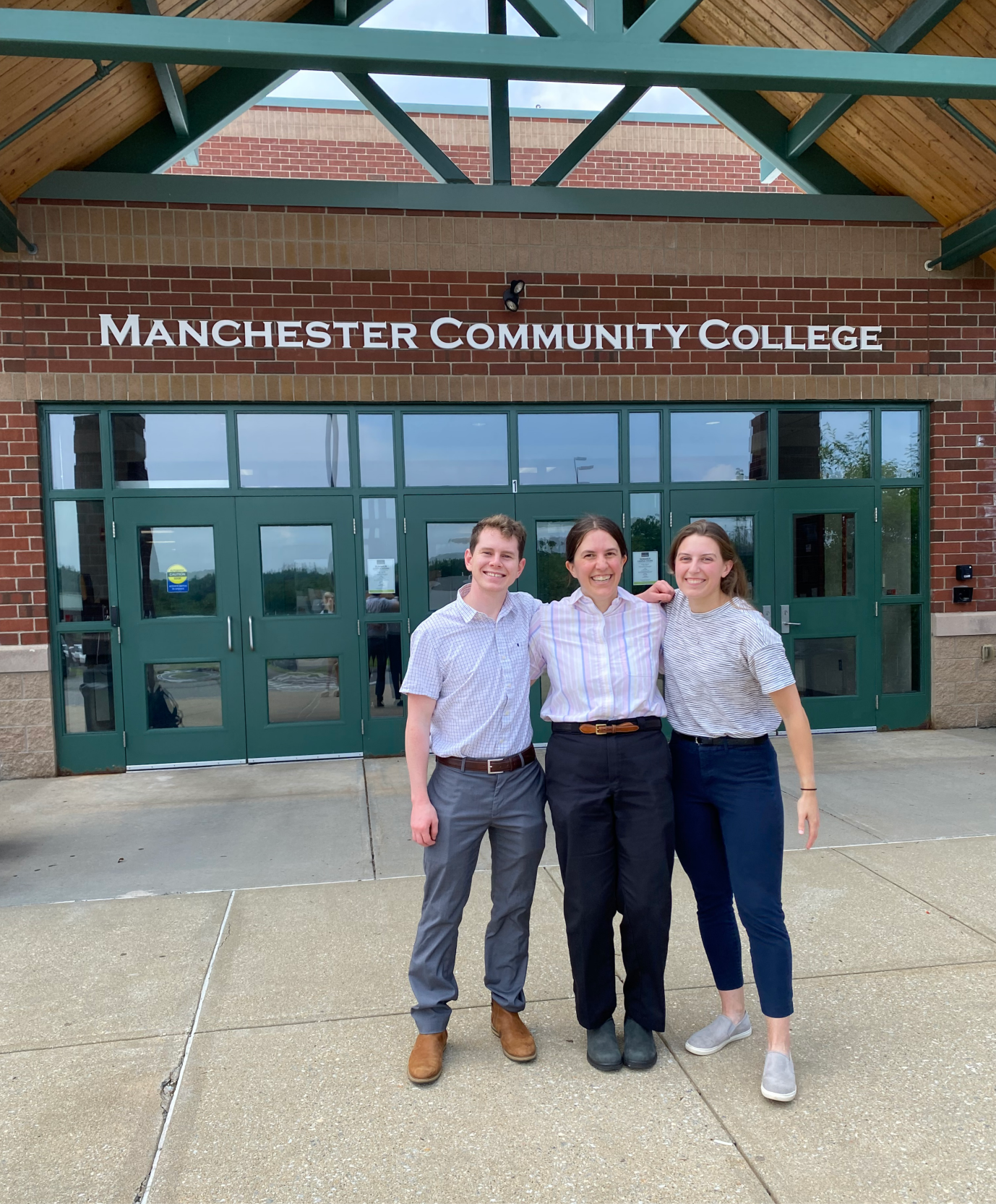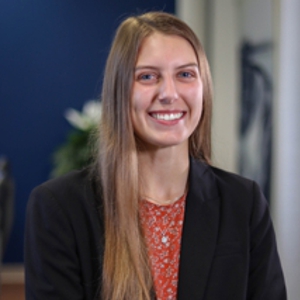This summer, Manchester Community College invited Hoyle Tanner back for a second time for a workshop at their Science, Technology, Engineering and Math (STEM) Summer Camp. The camp helps middle school students learn about and experience 21st-century skills in STEM. This is done through hands-on learning and projects that can include building bridges, flying drones, programming robots, driving robots, and even running state-of-the-art manufacturing equipment! Myself, Lenny Sabourin, and JJ Hollstein were invited to talk with the students about civil engineering as a career including all that may entail in the day-to-day as well as
In the first half of our visit, we shared a presentation to introduce civil engineering as a career. Our presentation focused mostly on walking through the design process for a bridge replacement. As such, we emphasized the amount of analysis, teamwork, and communication that goes into the success of a project. We started with discussing how Lenny, a hydraulics engineer, evaluates a site and creates stream models to analyze flow conditions. After that is completed, they would then share that information with the structural engineers, JJ and I, where we would then design a solution for the water crossing. We shared different types of structural solutions that the students may have seen around New Hampshire such as a steel stringer, precast rigid frame, masonry arch, truss, and covered bridges!
We concluded our presentation by discussing how a truss handles load through triangles and symmetry. This was a segway into the activity we prepared for the students – a bridge design competition! The students were given hydraulic/environmental conditions such as the bridge span and
The students each had creative ideas and many questions on how to optimize their design. It was refreshing for Lenny, JJ, and me to work with the students and support their curiosity. Of course, by the end of the session we challenged the students to design the most expensive bridge they could think of. It ended the session with some good laughs and an absolutely overdesigned covered bridge model!
We are always eager to jump at opportunities like this to get involved and share our knowledge with our community. Thank you to the organizers for allowing us to come mentor this year’s group! If you have any questions or want to know more about the projects our experts can help your community with, contact me here.

*It’s Hoyle Tanner’s 50th anniversary this year! Keep an eye on our Facebook, LinkedIn, and Twitter feeds for articles and anniversary news!










